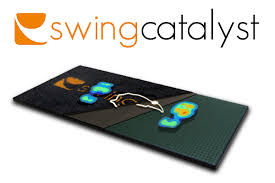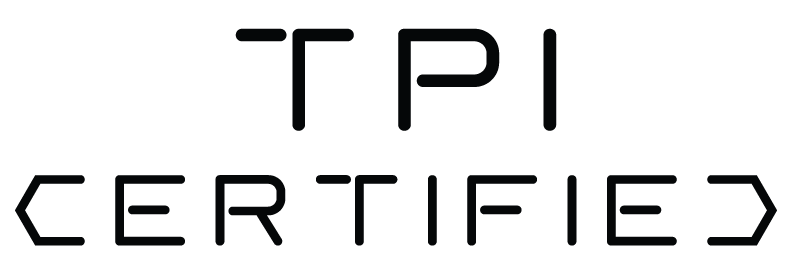driver angle of attack is crucial
The last 6 winners of the Straightest Driver on the PGA Tour… lost their Tour Card the same year.
We need to use our knowledge about Angle of Attack to help us maximize our driver distance. The following is a sample of optimum Launch Angles and Spin Rates that correlate to 3 different Angle of Attacks, -5, 0 & +5… with -5 equating to hitting the ball on a path that is 5 degrees downward. Zero would be flat and +5 is hitting the ball on the upswing.
maximize potential with spin rate
When the testing begins, we must first look into the head and loft that fit the best. This will give us a launch angle between 9 and 17 degrees. This wide window is based on the ball speed and angle of the player being tested. Generally speaking, higher speeds need lower launch angles… generally…
Bubba Long or Bubba Wrong?
Take an honest look at all the players on any tour around the world and you will find that there are many different ways to make a living…albeit, some of them uglier than others, I would still love their golf game & their bank accounts!
The key is to make minor adjustments so that the impact zone fits into the necessary ranges, for all touring professionals are within a range of numbers at impact. This is where today’s technology can help tremendously as the naked eye can not see what is really happening at these speeds.
The Masters Wedge Shot
This delivers a sticky situation where, too often, the club can grab the turf before the ball. Worse yet, is the next time we face the same shot an scoop it just enough to catch it dead in the forehead of the ball…looks more like bowling than golf!
The trick to this shot, same as many others, is the club’s angle of attack. Shallow is the name of the game as anything steep will garner a tiny margin of error. A fraction behind the ball will result in the dreaded chili dip, and a fraction after gives us the skull.
Smash Factor & Contact = Distance
What is Smash Factor? The measure of ball speed divided by clubhead speed gives us the best indicator of the transfer of energy from the clubhead to the golf ball. If your ball speed is 150mph and clubhead is 100mph, your Smash Factor will be 1.50, which is about the maximum.
Although many factors can be attributed to a high smash factor, like technique & ball type, contact location on the clubface is the biggest indicator. Testing has shown time & time again, that adjusting smash factor from 1.30 up to even 1.45, will produce of 40+ yards!
Contact low on the heel can create the lowest smash factor and the shortest tee shots. This is due also to the launch angle & spin rates created in this section of the clubhead. If your current contact occurs low on the face, you stand to gain the most!
.To improve your smash factor, pick up a can of Dr. Scholls Odor-X in the foot aisle of your local pharmacy… I know, it sounds like a stinky idea! Spray this on your clubface to leave the white dust that will give you clear impact marks. Then use the eraser from a pencil to clean up a vertical and horizontal axis on the club face and practice making impact in each quadrant.
You will gain far more by practicing random area contact than you will ever gain by trying to hit the sweetspot!

















